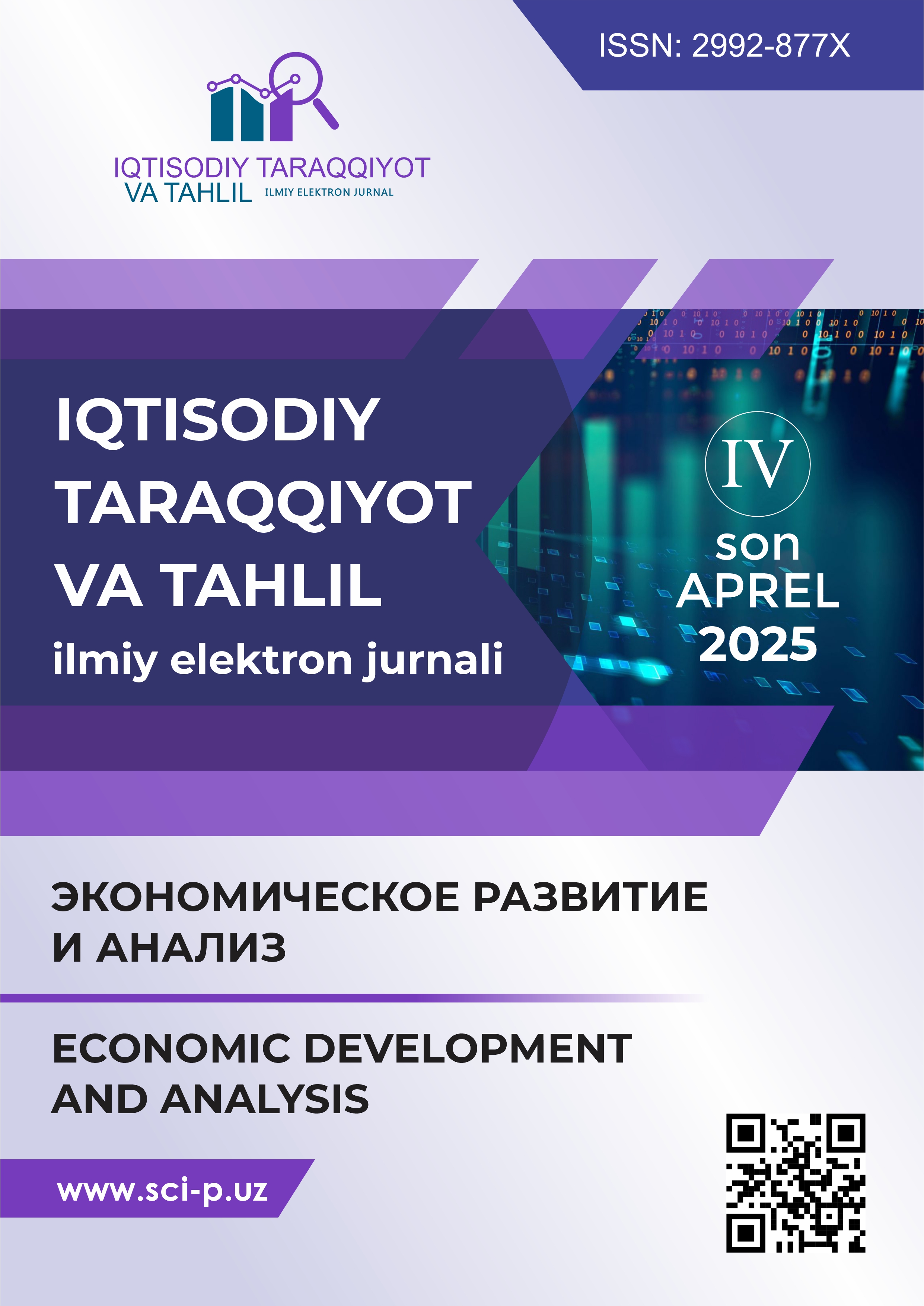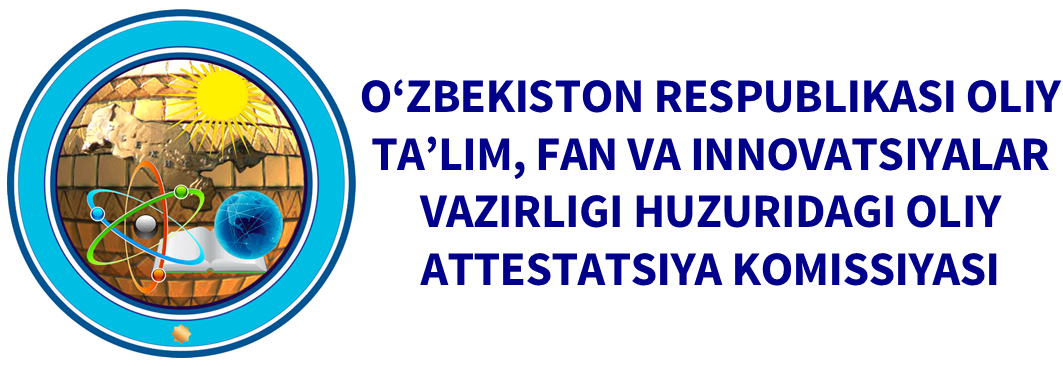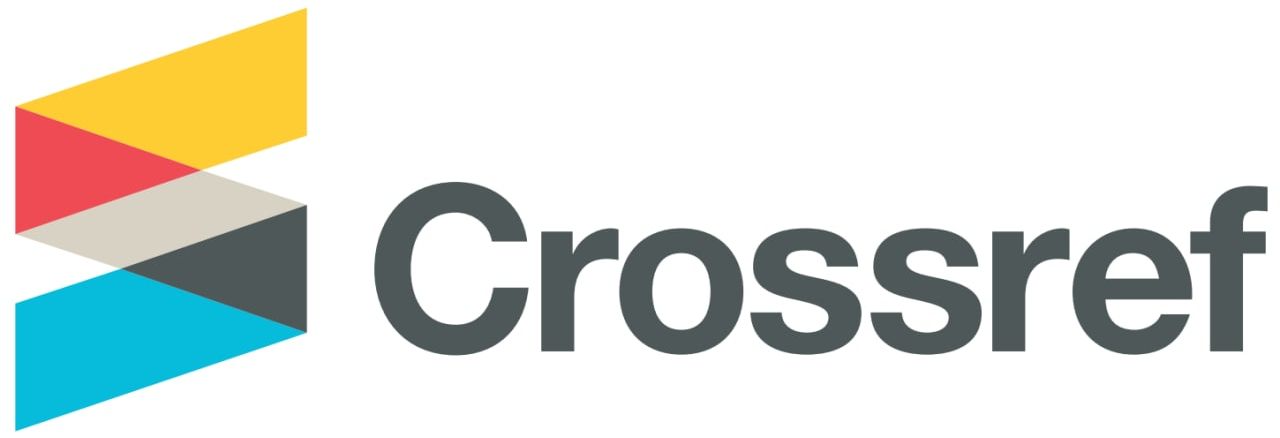O‘ZBEKISTONDA ENERGIYA ISTE’MOLINI PROGNOZ QILISH
DOI:
https://doi.org/10.60078/2992-877X-2025-vol3-iss4-pp154-165Annotasiya
Mamlakat iqtisodiyoti uchun energiya talabini prognoz qilish, oldindan baholash uchun ishonchli prognozlash usullarini ishlab chiqish zarur. Bu iqtisodchilar uchun isteʼmolchilarning energiyaga boʻlgan ehtiyojlarini aniqroq kuzatish va tahlil qilish imkonini beradi. Shu maqsadda ushbu tadqiqot amalga oshirilib, Oʻzbekiston Respublikasi energiya isteʼmoli hajmi 1985-2023 yillar oraligʻida yigʻilgan maʼlumotlarga asoslanib, uzoq muddatli energiya isteʼmolining prognozini aniqlandi. Prognozlash jarayonida ekonometrik ARIMA modeli qoʻllanildi. Eng yaxshi ARIMA tartibini aniqlash boʻyicha Boks–Jenkins metodologiyasidan foydalanildi. Natijalariga koʻra, ARIMA (0,1,3) modeli eng kichik xatolik bilan eng optimal model deb topildi. Ushbu model asosida umumiy prognoz natijalari boʻyicha oʻrtacha foiz xatolik 7,2 foizni tashkil etdi. Energiya isteʼmoliga doir uzoq muddatli taktik qarorlar qabul qilishda ARIMA eng samarali model ekanligi aniqlandi.
Kalit so‘zlar:
ARIMA AIC BIC statsionarlikBibliografik manbalar
Akaike, H. (1973). Information theory and an extension of the maximum likelihood principle, in Proceedings of the 2nd International Symposium on Information Theory, Akademiai Kiad´o, Budapest, pp. 267–281.
Akaike, H., (1974). “A New Look at Statistical Model Identification”, IEEE Transactions on Automatic Control, AC-19, pp. 716-723.
Bishnu Nepal (2019) Electricity load forecasting using clustering and ARIMA model for energy management in buildings https://doi.org/10.1002/2475-8876.12135.
Lai, S. L. et al. (2014). Energy Consumption Forecasting in Hong Kong Using ARIMA and Artificial Neural Networks Models In Applied Mechanics and Materials (Vols. 672–674, pp. 2085–2097). Trans Tech Publications, Ltd. https://doi.org/10.4028/www.scientific.net/amm.672-674.2085.
Ljung, G. and G. Box, (1978). “On a Measure of Lack of Fit in Time Series Models”, Biometrika, Vol. 66, pp. 67-72.
Lu W., et al. (2020) “A CNN-LSTM-based model to forecast stock prices,” Complexity, vol. Article ID 6622927, 10 pages.
Mumbare S S, Gosavi S and Almale B (2014) Trends in Average Living Children at the Time of Terminal Contraception: A Time Series Analysis Over 27 Years Using ARIMA (p, d, q) Nonseasonal Model[J]. Indian journal of community medicine: official publication of Indian Association of Preventive & Social Medicine 39(4) 223-228.
Odiljon Rikhsimbaev, Akram Ishnazarov, Sarvar Mamasoliyev, (2023) Comparison of ARIMA and Deep Learning Models for Forecasting the Consumer Price Index in Uzbekistan: Using R Packages 2023/12/21 Proceedings of the 7th International Conference on Future Networks and Distributed Systems 562-569.
Rauf, S.A.A., Adekoya, A.F. (2023). Forecasting household energy consumption based on lifestyle data using hybrid machine learning. Journal of Electrical Systems and Inf Technol 10, 43. https://doi.org/10.1186/s43067-023-00104-2.
Rehan Jamil, (2020) Hydroelectricity consumption forecast for Pakistan using ARIMA modeling and supply-demand analysis for the year 2030, Renewable Energy, Volume 154, 2020, Pages 1-10.
Sosa, G., et al. (2021). Forecasting electrical power consumption using ARIMA method based on kWh of sold energy. Science in Information Technology Letters, 2(1), 9-15. doi:https://doi.org/10.31763/sitech.v2i1.637.
Suo, R. et al. (2024). An innovative MGM–BPNN–ARIMA model for China’s energy consumption structure forecasting from the perspective of compositional data. Sci Rep 14, 8494 https://doi.org/10.1038/s41598-024-58966-z.
Wei Z., Kun Z., and Nanxing G. (2020) “Time series analysis and forecast of Yunnan province GDP based on ARIMA model,” Journal of Chuxiong Normal University, vol. 3, pp. 26–32.
Yuklashlar
Nashr qilingan
Qanday qilib iqtibos keltirish kerak
Nashr
Bo'lim
Litsenziya

Ushbu ish Creative Commons Attribution 4.0 Worldwide.










